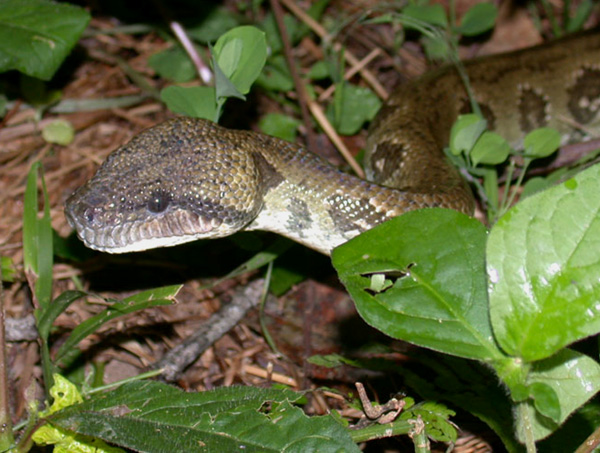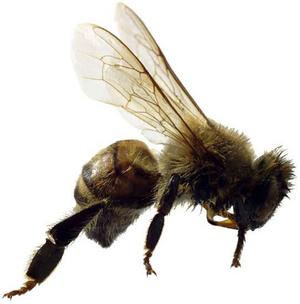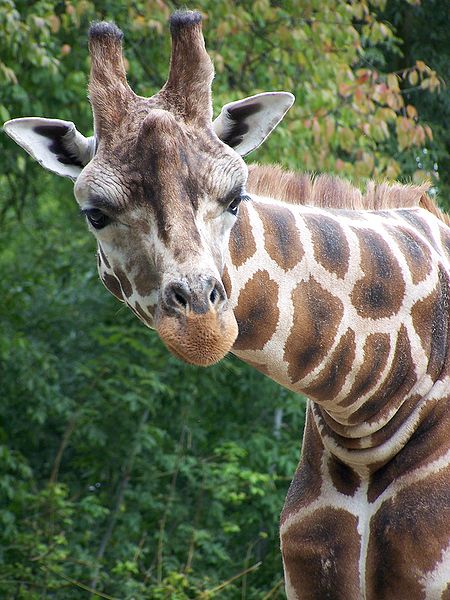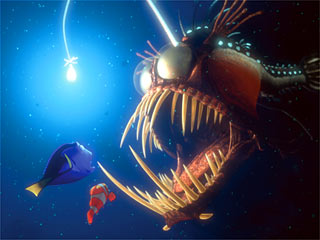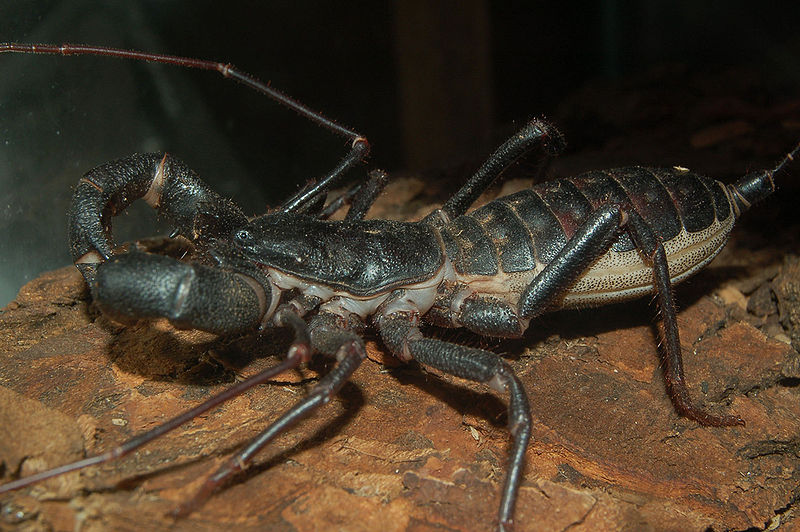
Today is probably one of the best days for parents and one of the worst for kids. That’s right, it is Back to School for the young ones. The good thing is, whether you are a parent or a kid, you will get to learn something interesting today. In fact, we are all going to take a few minutes to learn about the incredible Whip Scorpion. There are about 75 different species of Whip Scorpions but like we normally do at Wild Facts, we are going to talk about the general characteristics of this invertebrate.
The two things you would probably notice first when looking at a Whip Scorpion are their incredibly large pincers and their unusual “whip-like” tail. As you might suspect, the large pincers, which are located next to their mouth, are used to catch the scorpion’s prey before crushing it to death. To make matters even worse for the poor, helpless prey, is the fact that the Whip Scorpion is able to swing their tail around like a whip, which I am sure would catch most prey by surprise. Personally, I don’t think this is an animal I would want to mess with.
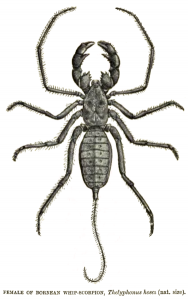
So, do I need to be concerned about having to mess with a Whip Scorpion? No, not really. The Whip Scorpion may look slightly similar to a scorpion but they don’t have any venom, which makes them pretty much harmless to humans. Now, if I were an insect, a millipede or a worm, then I would be very concerned. In fact, the Whip Scorpion is such an effective predator that they play a key role in controlling the population of crickets and cockroaches. See, so not all scorpions are bad!
Okay, where can we find these interesting and useful Whip Scorpions? Well, they are typically found in Tropical, Sub-Tropical and hot, dry areas all around the world. Unfortunately you won’t find them in Europe, Australia and except for an introduced species, Africa. If they are located in your part of the world then you can start looking for them under logs, rocks and any other dark, cool place you can think of. What are you waiting for? Let’s get outside and start looking for some Whip Scorpions.
That does it for us today but don’t worry, there will be another fun and exciting animal fact tomorrow! See you then.

